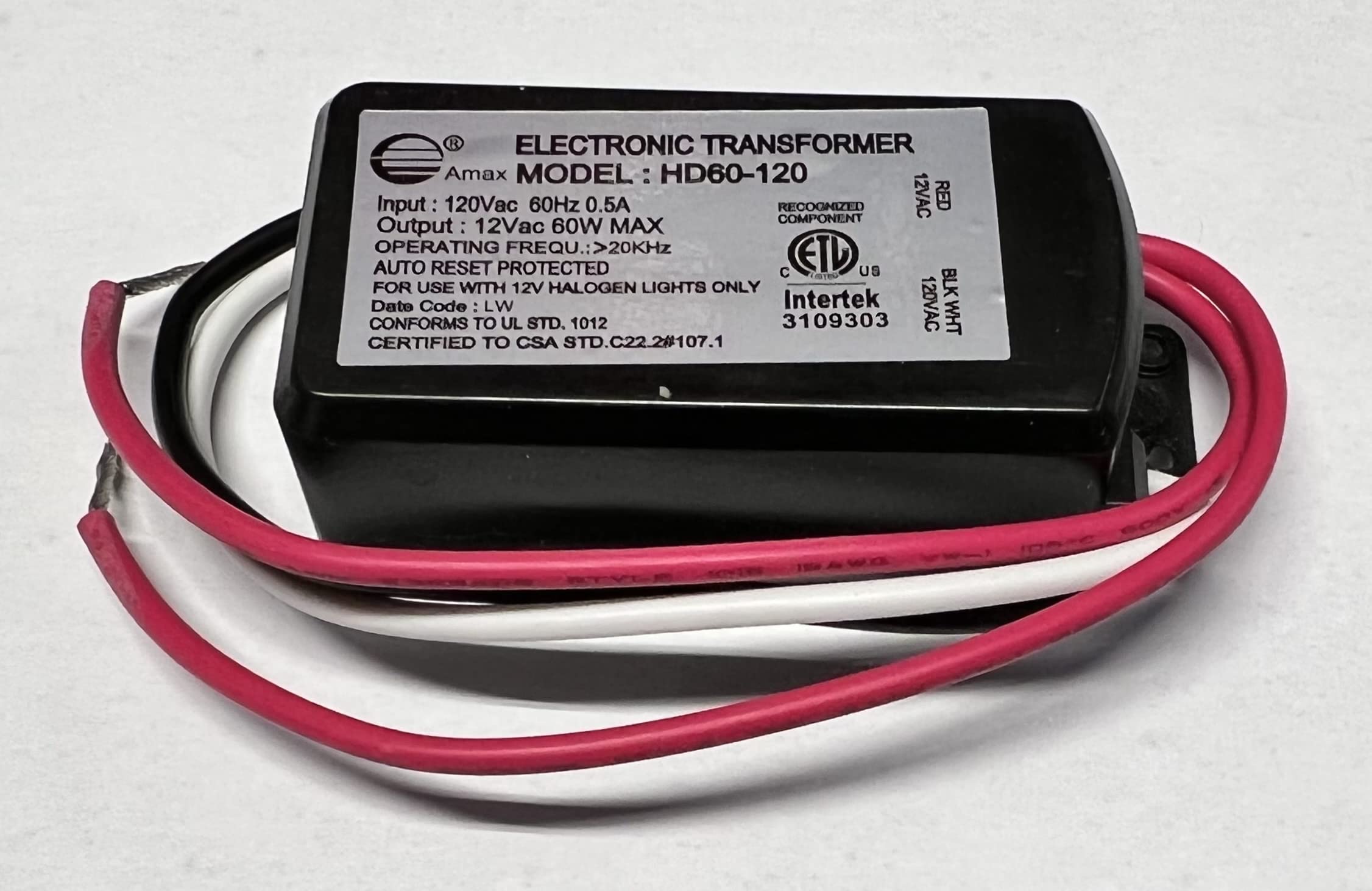Electrical transformers are an essential component of power distribution systems, enabling the efficient transmission of electricity across vast distances. These complex devices play a pivotal role in converting voltage levels, ensuring the safe and reliable delivery of electricity to our homes, businesses, and industries. In this article, we will delve into the inner workings of an electrical transformer, unraveling its intricate anatomy and shedding light on its crucial functions.
- The Physical Structure:
An electrical transformer typically consists of several key components, each serving a specific purpose. The core, made of laminated iron or steel, provides a low reluctance path for the magnetic flux. It is surrounded by two sets of windings: the primary winding and the secondary winding. These windings are usually made of copper or aluminum conductors and are carefully insulated to prevent electrical leakage. The windings are placed on separate limbs of the core, ensuring efficient energy transfer. - Understanding the Magnetic Field:
The primary winding is connected to the power source, while the secondary winding is connected to the load. When an alternating current flows through the primary winding, it creates a changing magnetic field in the core. This magnetic field induces a voltage in the secondary winding, allowing for the transformation of voltage levels. The ratio of the number of turns in the primary winding to the number of turns in the secondary winding determines the voltage transformation ratio. - Cooling and Insulation:
Due to the high currents and voltages involved, transformers generate heat during operation. To dissipate this heat and maintain optimal performance, transformers are equipped with cooling systems. Common cooling methods include oil-immersed cooling, where the core and windings are immersed in a special insulating oil, and forced-air cooling, where fans circulate air around the transformer. Additionally, transformers are insulated using materials such as oil-impregnated paper or synthetic materials to prevent electrical breakdown and ensure safety. - Types of Transformers:
Transformers come in various types, each designed for specific applications. Distribution transformers are commonly found in residential areas and step down the voltage from the power grid to a level suitable for household use. Power transformers, on the other hand, are used in substations and industrial settings to handle higher voltage levels. Other specialized transformers include instrument transformers for measuring and protection purposes, and autotransformers for voltage regulation.
Conclusion:
Electrical transformers are marvels of engineering, enabling the efficient and reliable transmission of electricity. Their intricate anatomy, encompassing the core, windings, cooling systems, and insulation, ensures optimal performance and safety. Understanding the inner workings of transformers is crucial for electrical engineers, technicians, and anyone involved in the power industry. By unraveling the enigma of electrical transformers, we gain a deeper appreciation for the technology that powers our modern world.

